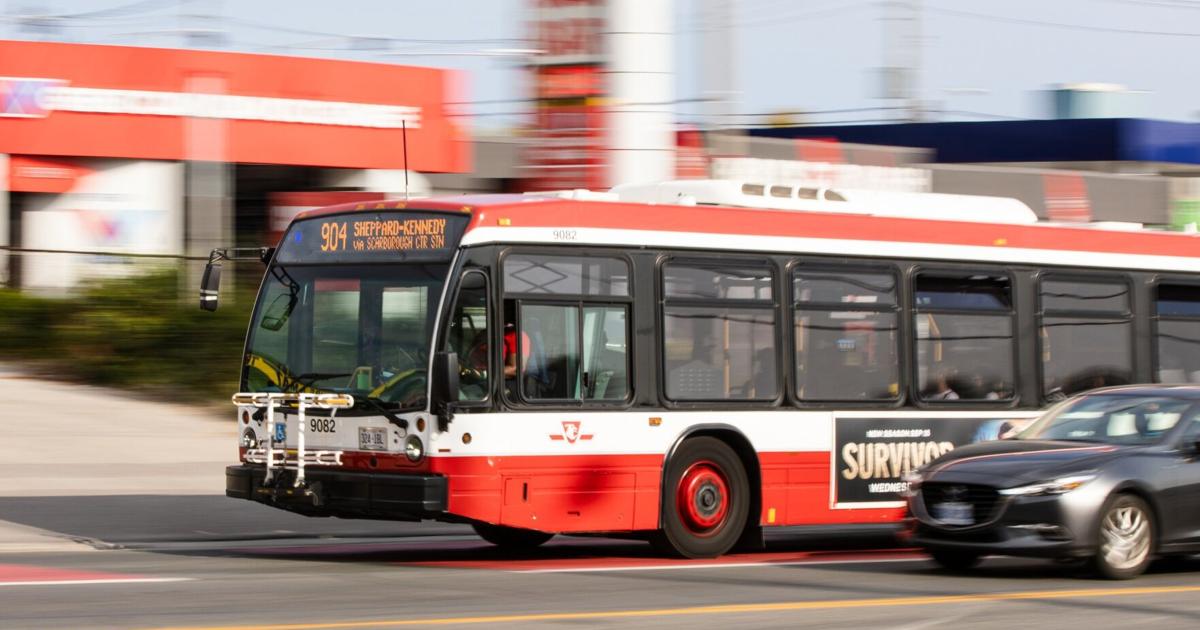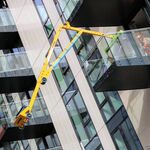yurt2022
New Member

Scarborough pays the price of transit ‘foot-dragging’ a year after the TTC shuttered the SRT
More than a year after Scarborough’s decrepit light-rail train derailed, commuters are waiting for its replacement—if it even gets built.
“The foot dragging on that project is typical of everything that’s gone on with Scarborough planning,” said Munro. “I’m fully expecting someone to come along and say, ‘Well, you know, this thing’s going to cost us $60 million and the subway is going to be open within X number of years of when we’re finally going to get this thing finished,’” he said. “Do we really need it?”
Myers himself has shown some doubt on the "business case" (why is one even needed?) for the busway.
I really hope this project doesn't face any more delays or even an outright cancellation.




